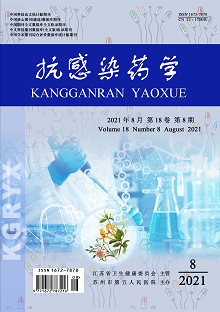ZHANG Ming-fa, SHEN Ya-qin
Matrine and oxymatrine have a widespread bioactivities, including protection of organs(heart, liver, lung, kidney, brain and blood vessel), positive inotropic action, negative chronotropic action, antiarrhythmia, the effect of increasing leukocyte, antiasthma, antiulcer, anti-fibrogenesis, the central nervous pharmacological action(sedation, hypnogenesis and analgesia), antitumor, immunoregulation, anti-bacteria, anti-virus, anti-parasite and anti-inflammation. In gynecologic domain, matrine and oxymatrine have the effects of anit-gynecologic tumors, and could protect epithelial cells of mamma, endometrium and vagina, and antagonize inflammatory pathologic change of epithelial cells induced by various pathogenic factors. Clinically, they have been used in the treatment of various cervicitis and vaginitis, and have also been tried in the treatment of breast, ovarian, cervical and endometrial cancer. In this paper, the pharmacological effects of matrine and oxymatrine in clinical treatment of mycotic and trichomonas vaginitis have been reviewed, and their research progress have been analyzed.
